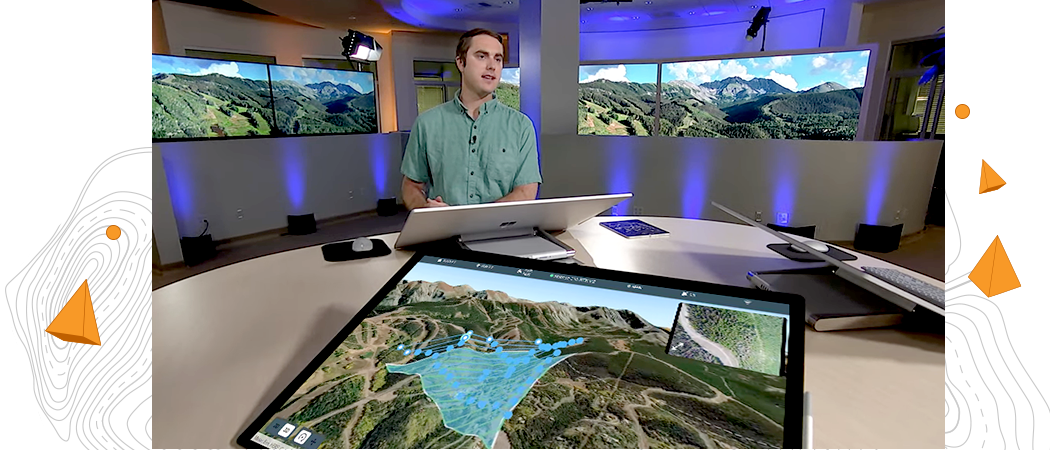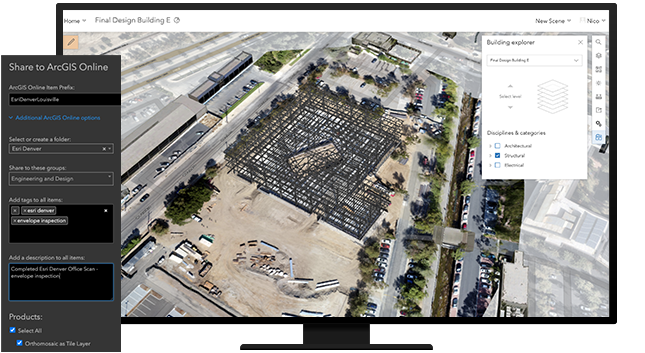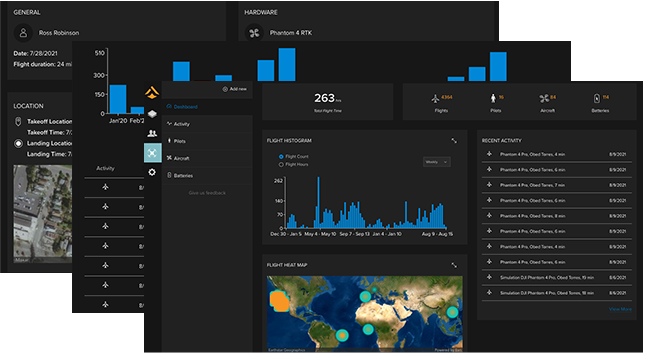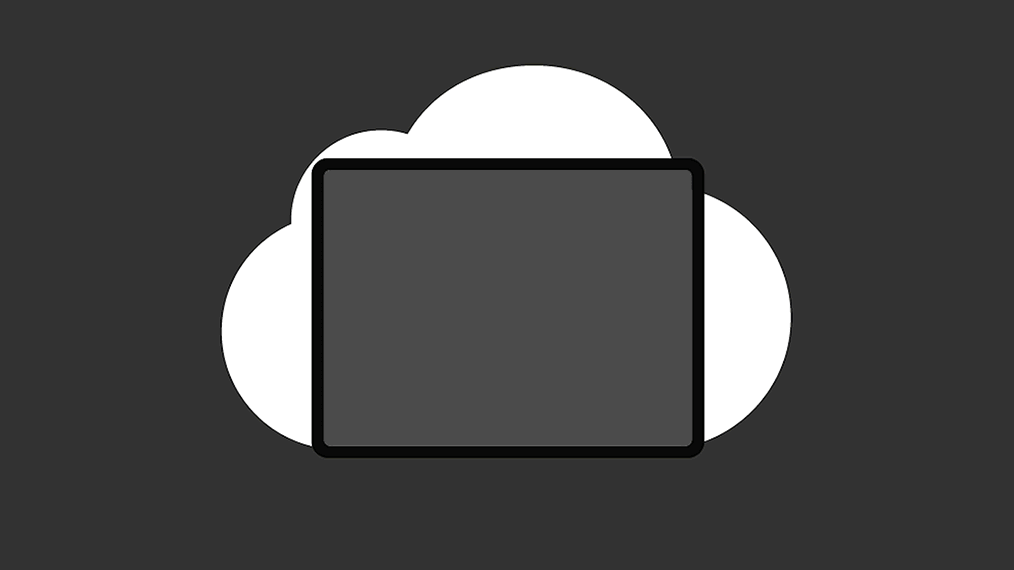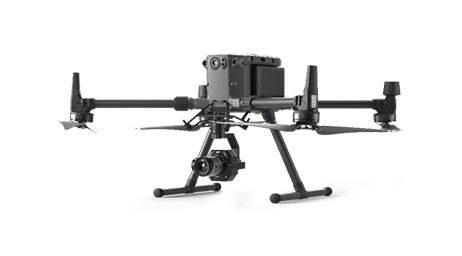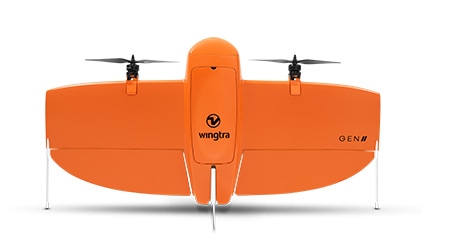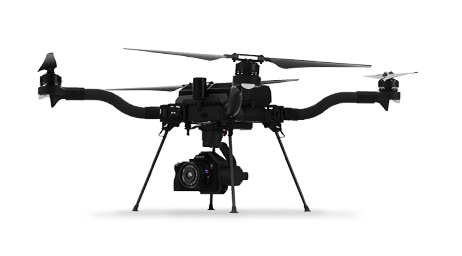
Freefly Astro Max (NDAA/Blue)
Used for high-resolution mapping and inspection, this industrial-grade quadcopter is made in the US, is NDAA and Blue approved, and features software powered by the Auterion ecosystem. Equipped with real-time kinematic (RTK) tech and carrying a full-frame Sony sensor, this drone can be piloted with ArcGIS Flight and produces high-fidelity and high-accuracy 2D and 3D outputs when processing in Site Scan for ArcGIS.


